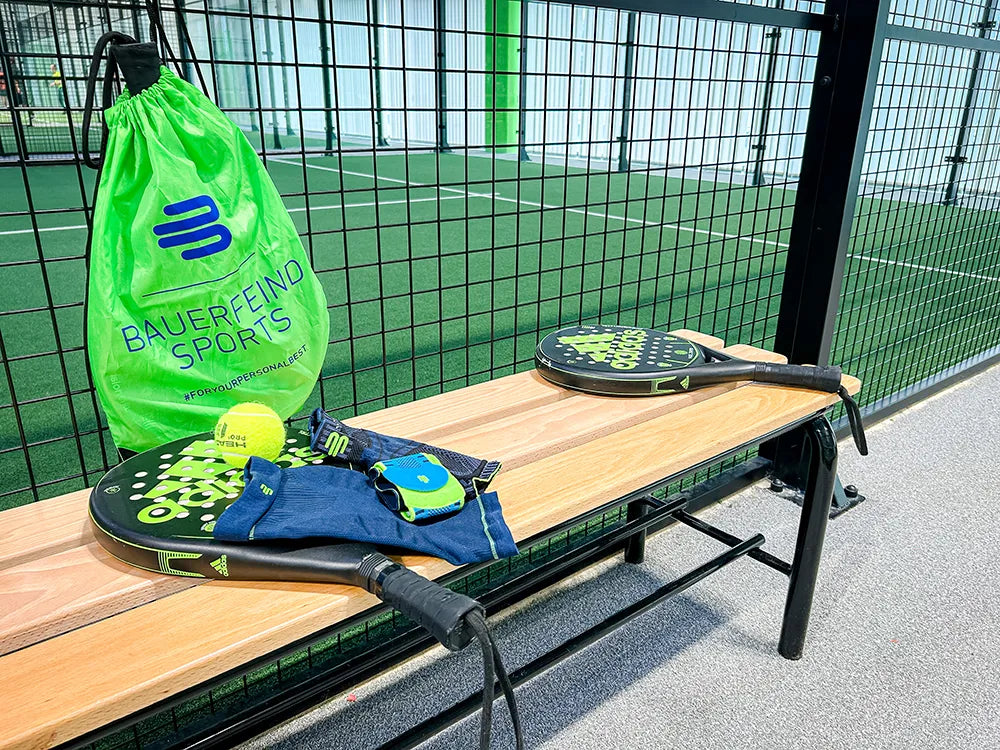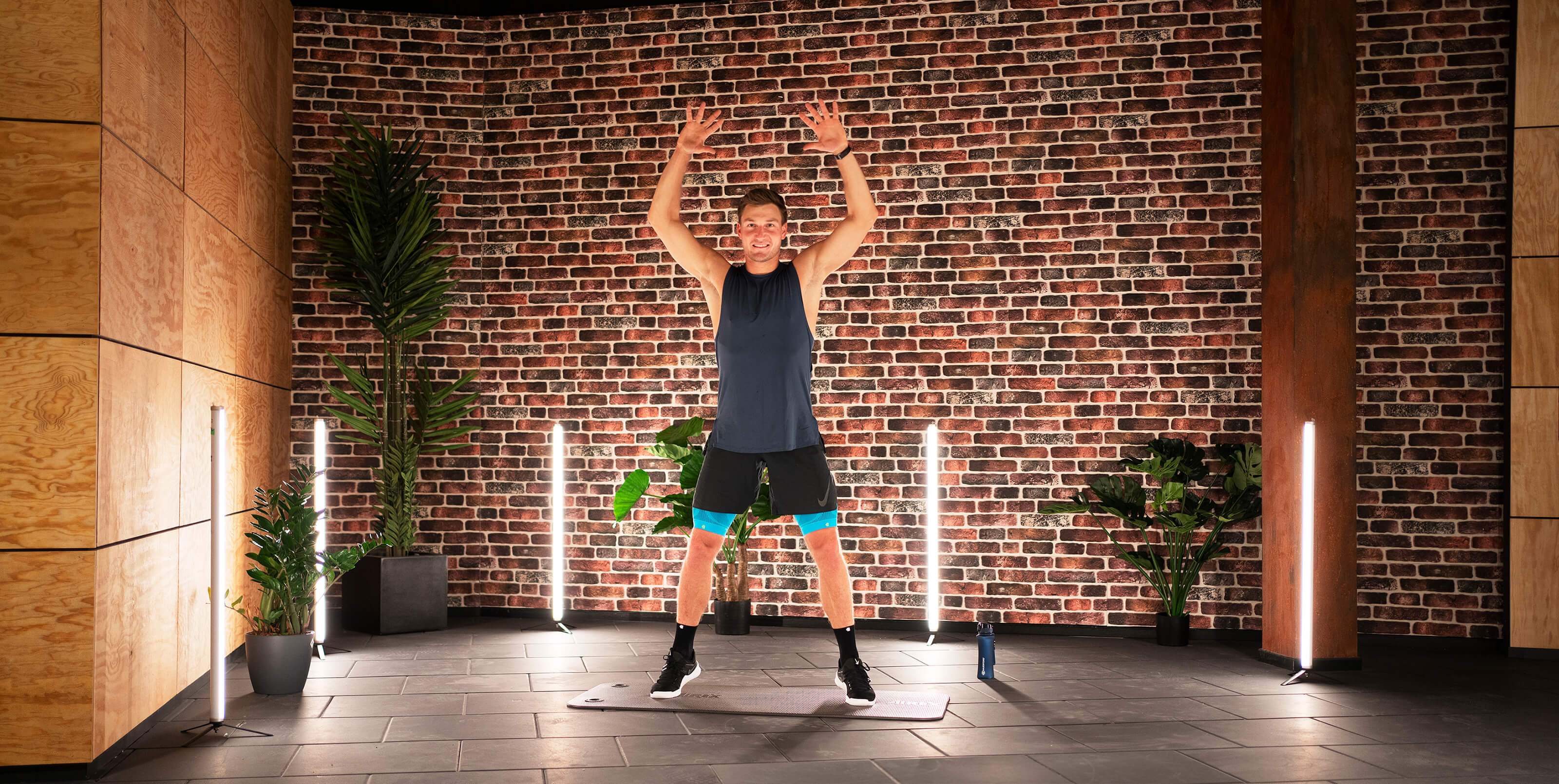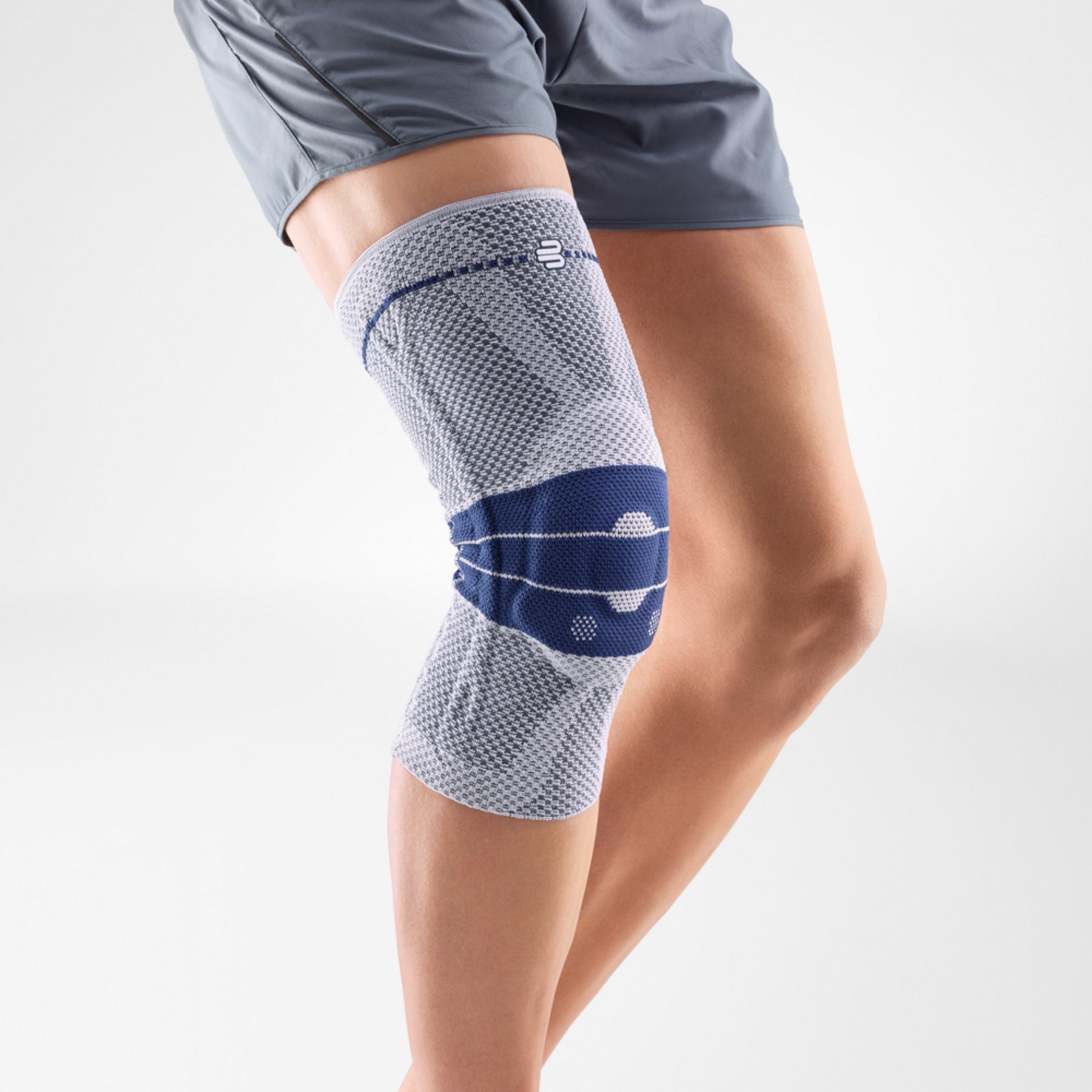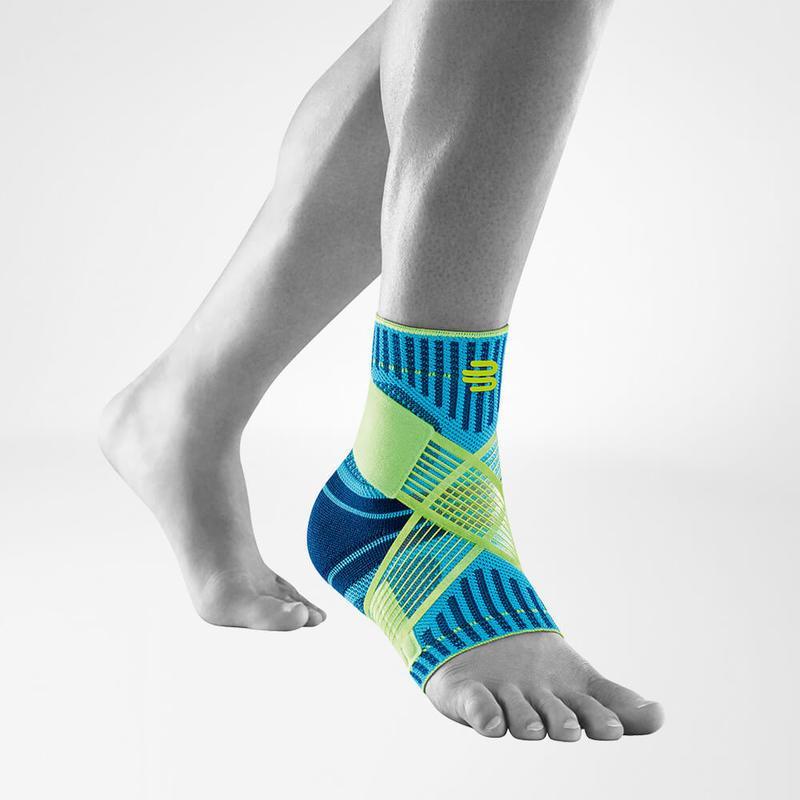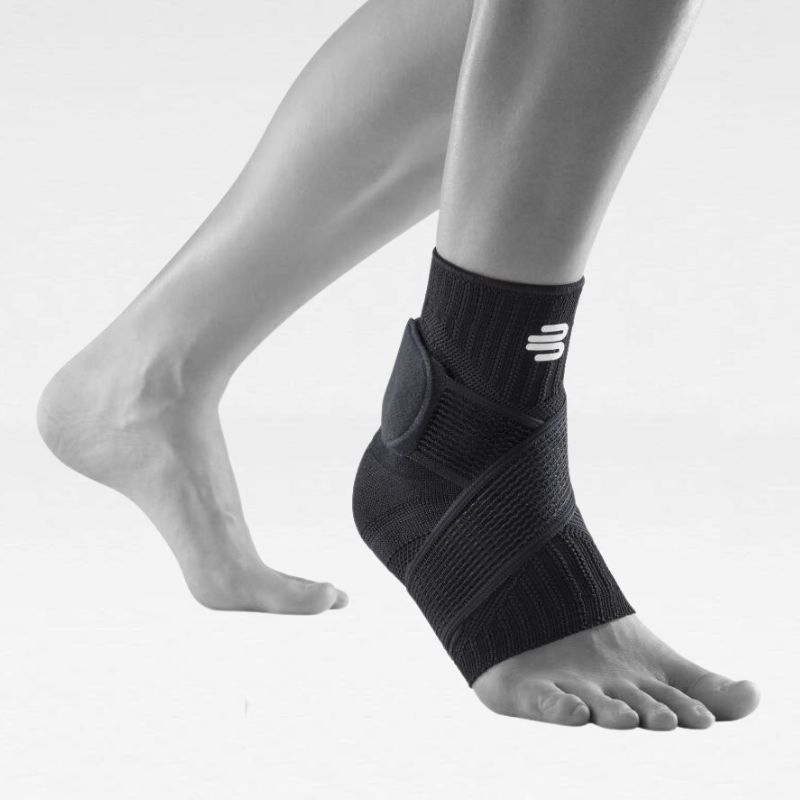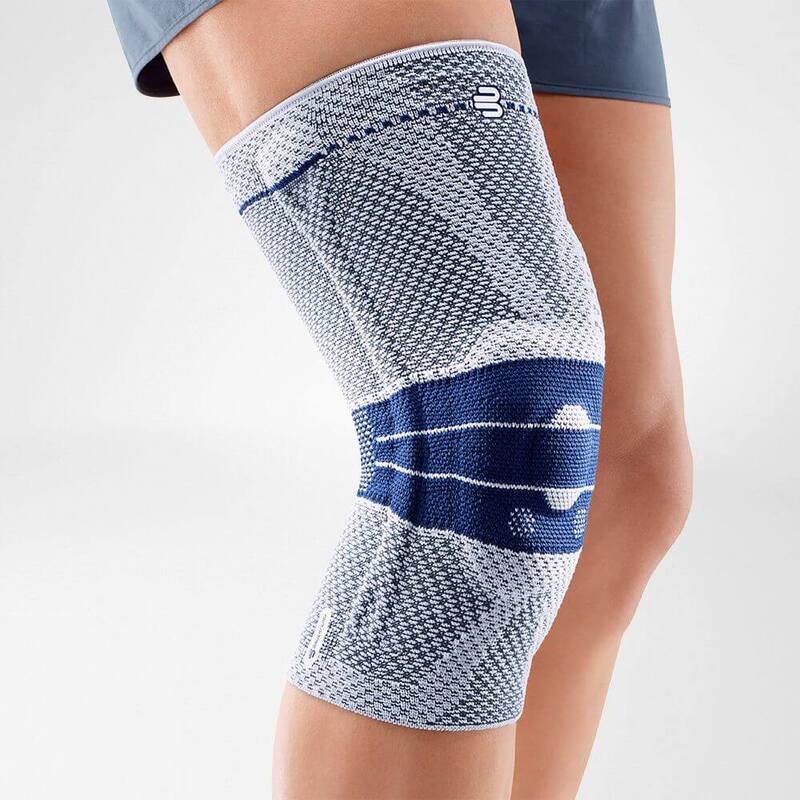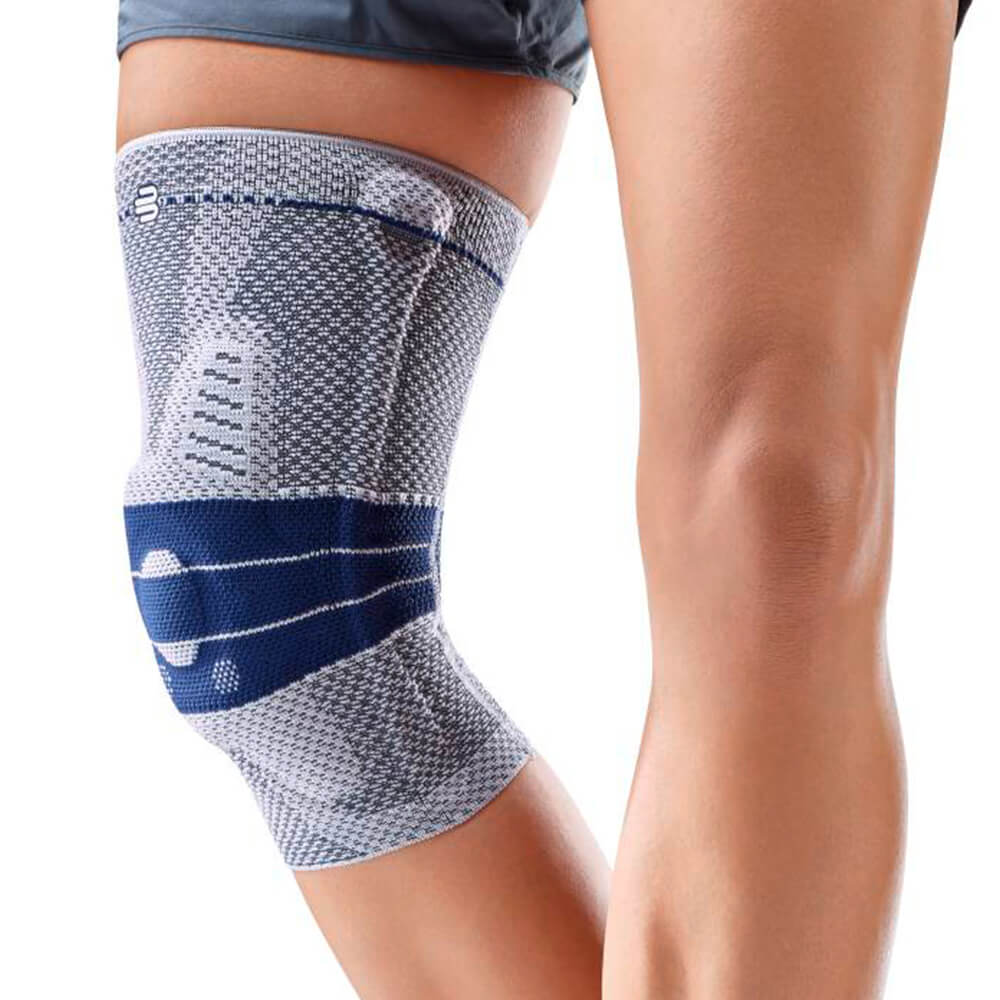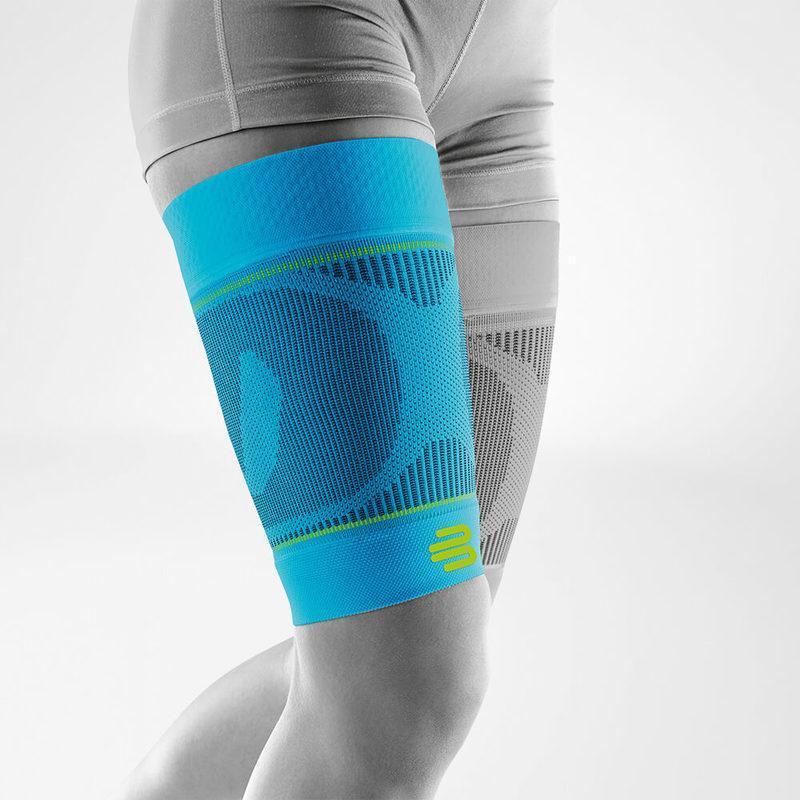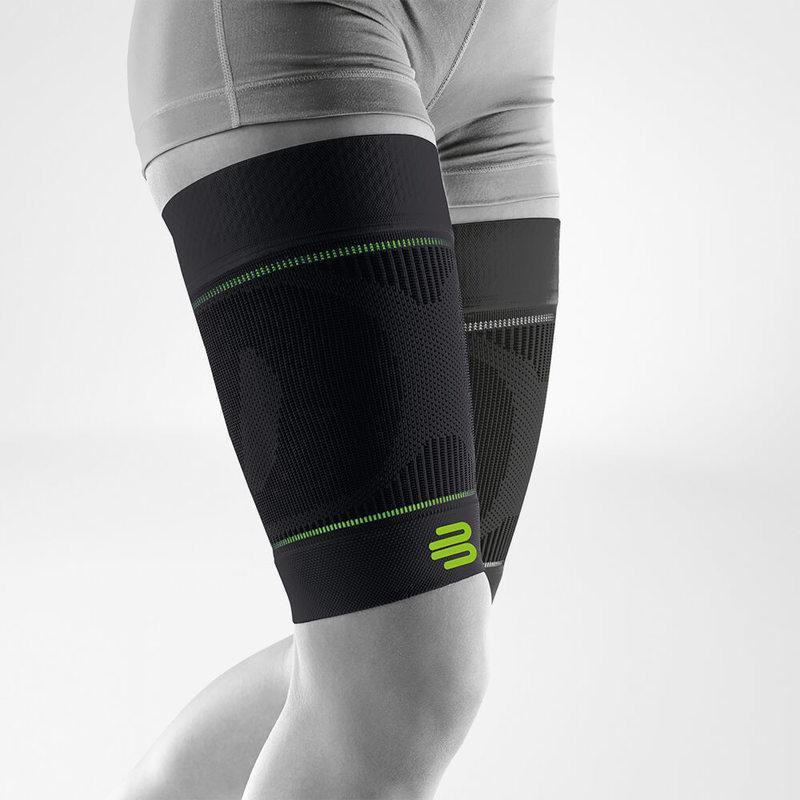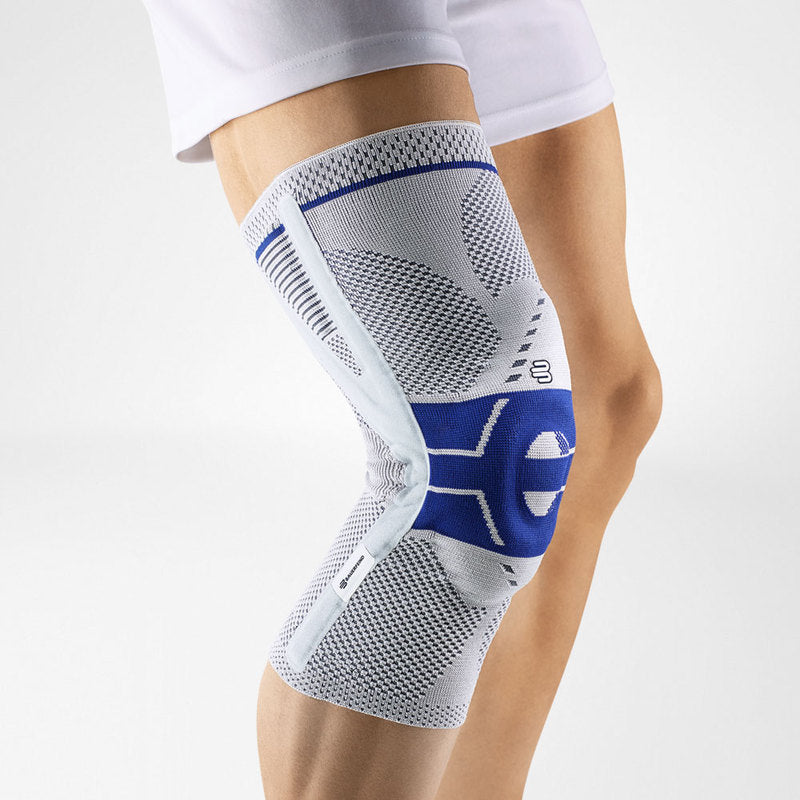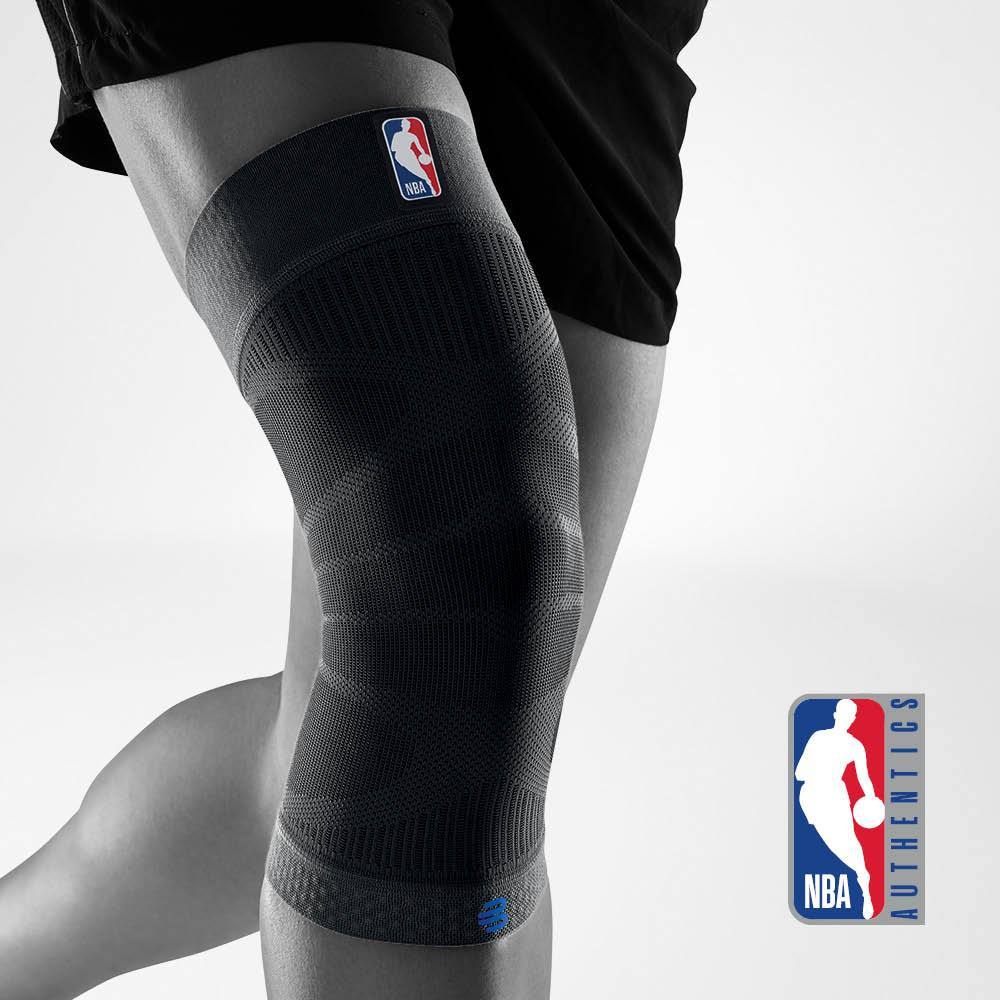Compression in sports – everything you need to know
A scientific perspective with Dr. Casper Grim
Numerous myths surround the subject of compression – particularly in sports. They include everything from performance enhancement to shorter recovery times. In this three-part series, we will take a closer look at the subject of compression in sports. First of all, we will explain the scientific principles – helped by an expert who is in the know: Dr. Casper Grim.
Questions and contents
What is compression in general?
What is the difference between using compression in a medical setting and in sports?
What are the specific benefits in sports when using compression garments?
Does compression actually lead to better performance?
What are its limitations? Are there risks or contraindications?
Is the subject of compression still relevant in current research?
Do science and industry overlap at all, especially when it comes to product development?
Five key scientific facts about compression in sports
Conclusion
Dr. Casper Grim is a Sports Physician, Private Lecturer, and Chief Physician for Orthopedics and Sports Medicine at Osnabrück Hospital. He has been looking after elite athletes for many years and has supported German Olympic athletes at the Games three times so far. In addition, he is the Physician for the German Wrestling Association and the Chief Physician for the German Triathlon Union (Deutschen Triathlon Union). In our interview, we spoke to Dr. Grim in Namibia, via video call, where he was supporting the National German Triathlon Team during their training camp. To give a better overview, we have summarized his key statements.
What is compression in general?
Compression refers to the targeted exertion of pressure on tissue using external aids, such as compression garments, supports, or pneumatic systems. Simplified, you could think of it as squeezing a balloon. Imagine your leg is a soft balloon filled with water. If you squeeze this balloon from the outside, the water will be forced to move in a certain direction. Similarly, the gentle pressure exerted by compression stockings has the effect that blood from the veins is “pushed” toward the heart, supporting venous reflux.
In medicine, compression is purposefully used to improve venous reflux or reduce edema (accumulation of fluids). In sports, however, other aspects, such as performance enhancement and regeneration, are a priority. The following physiological and biomechanical mechanisms play a role in this:
Circulation and venous reflux
External pressure compresses the blood vessels, stimulating venous reflux. This is medically relevant particularly in cases of venous insufficiency, such as varicose veins or lymphedema. In sports, moderate compression can help remove metabolic waste products more quickly, thus delaying fatigue.
Muscle stabilization and reduction in vibrations
Compression stabilizes muscle tissue and reduces unwanted vibrations. These aspects are designed to improve transfer of power and reduce the risk of injury. Furthermore, what is known as the proprioceptive effect improves body awareness and muscle control.
Recovery
Studies indicate that compression garments can reduce subjective fatigue and accelerate the flow of blood and lymph. This supports recovery after intensive exertion.
“Not all compression products are the same. There are huge differences depending on where and how pressure is exerted on the tissue.”
What is the difference between using compression in a medical setting and in sports?
- Medical compression: there are clearly defined compression classes (e.g. Class 1, Class 2) which specify certain pressure levels exerted on the tissue. This is crucial for treating conditions, such as venous insufficiency or lymphedema, or for supporting post-operative rehabilitation.
- Sports compression: currently, compression in sports focuses on wearing comfort, stabilization of the muscle tissue, performance enhancement, and potential aerodynamic advantages (e.g. in cycling).
What are the specific benefits in sports when using compression garments?
“It’s important to take a closer look at the specific study to work out what exactly has been investigated. As a general rule, however, various benefits of compression garments can be found in scientific literature.”
Improved circulation and recovery
Moderate compression can stimulate venous reflux and accelerate the removal of metabolic waste products. This can reduce recovery times, in particular during intensive phases of training or after competitions.
Muscle stabilization and reduction in vibrations
Compression can help reduce muscle vibrations, meaning the muscles are more stable during their work. This can lead to a more efficient transfer of power and potentially improved sporting performance.
Subjective well-being and positive expectations
Many athletes feel that compression garments are comfortable and provide support. This feeling of stability and confidence can be psychologically beneficial and even lead to enhanced performance in some cases – this may be a placebo effect.
What are the specific benefits in sports when using compression garments?
In scientific literature, various benefits of compression garments can be found:
- Improved circulation and recovery: moderate compression can stimulate venous reflux and accelerate the removal of metabolic waste products. This can reduce recovery times, in particular during intensive phases of training or after competitions.
- Muscle stabilization and reduction in vibrations: compression can help reduce muscle vibrations, meaning the muscles are more “stable” during their work. This can lead to a more efficient transfer of power and potentially improved sporting performance.
- Subjective well-being and positive expectations: many athletes feel that compression garments are comfortable and provide support. This feeling of stability and confidence can be psychologically beneficial and even lead to enhanced performance in some cases – this may be a placebo effect.
Does compression actually lead to better performance?
Compression garments in sports can lead to enhanced performance. There are indications that compression – particularly in elite sports – can lead to measurably enhanced performance. However, studies paint quite an inconsistent picture:
Some studies substantiate significant benefits, such as quicker recovery and reduced muscle vibrations. Other studies have not resulted in any relevant improvements of sporting performance. The individual effect of compression varies widely. While some athletes report feeling noticeable support, there are no measurable effects for others. In the end, the subjective perception is key – this is an aspect that is hard to assess objectively in a study. In other words: the proof of the pudding is in the eating.
What are its limitations? Are there risks or contraindications?
The effectiveness of compression depends on the appropriate pressure level, material properties (e.g. different knitting techniques), and individual anatomical features. Too much or too little pressure can jeopardize the desired effect. Compression isn’t a magical solution – it can be a useful element in developing performance but it’s not a substitute for the corner stones of sporting success: training, nutrition, and enough sleep.
When using compression products in sports, there can be risks as well as contraindications.
Compression garments can be counterproductive. People suffering from the following conditions must be particularly careful:
- Advanced peripheral arterial disease (PAD)
- Decompensated heart failure
- Myocardial infarction
- Decompensated heart failure
- Pulmonary edema
- Weeping dermatosis
- Septic phlebitis
- Neuropathies
- Material allergies
Is the subject of compression still relevant in current research?
Scientific discussions about compression have certainly not been finalized – on the contrary, this field of research is constantly developing. Current studies deal with various aspects, including:
- Post-operative and post-traumatic care: investigations relating to how compression can be used to support healing and reduction in edema.
- Outpatient compression therapy: particularly in the context of increasing outpatient treatment models.
- Combination therapies: for example the integration of intermittent pneumatic compression, ice treatments, or other regenerative measures.
- Customization of products: methods to tailor the compression garments specifically to the wearer (e.g. using new materials and technologies) in order to achieve ideal effects.
Do science and industry overlap at all, especially when it comes to product development?
Close cooperation between science and industry is crucial for progress in this area. Scientific studies and independent research results are included in product development. This allows the following:
- Evidence-based optimization of products
- Innovation (such as custom-made compression systems)
- A basis for claims and marketing statement using reliable data
Companies should test new products in standardized settings using statistical models (both based on groups and individual case analyses) to determine what effects are actually being achieved. This allows continuous improvement and adjustment of compression systems to the individual needs of users, leading to a better understanding of the results to be interpreted.
Five key scientific facts about compression in sports
- Optimized circulation: targeted pressure can improve venous reflux, which supports removal of metabolic waste products (such as lactate) and supplies the muscles with oxygen more effectively.
- Quicker recovery: improved circulation can promote quicker muscle recovery following intensive exertion. This is particularly beneficial in cases of high training frequencies or short breaks between competitions.
- Stabilization of muscle tissue: a reduction in muscle vibrations results in more efficient transfer of power. This can lower the risk of injury and muscle fatigue.
- Subjective well-being: many athletes report feeling that comfortable support is being exerted by compression garments which can also lead to a positive placebo effect and increased motivation.
- Individually measurable effect: scientific evidence is inconsistent but numerous studies – particularly in elite sports – have resulted in measurable benefits. The correct fit and pressure level are crucial for achieving optimized performance.
Conclusion
Compression, understood as targeted external pressure exerted on tissue, is used differently in medicine and sports: medicine focuses on treating circulatory problems and edema, with precise compression classes and measurable pressure levels being defined. Sports prioritizes the subjective effects, such as improved well-being, increased muscle stability, and potentially quicker recovery. The effect compression garments have on an athlete’s performance varies for each person and also takes on different extents in scientific studies.
Written by MARTIN STAFFA


